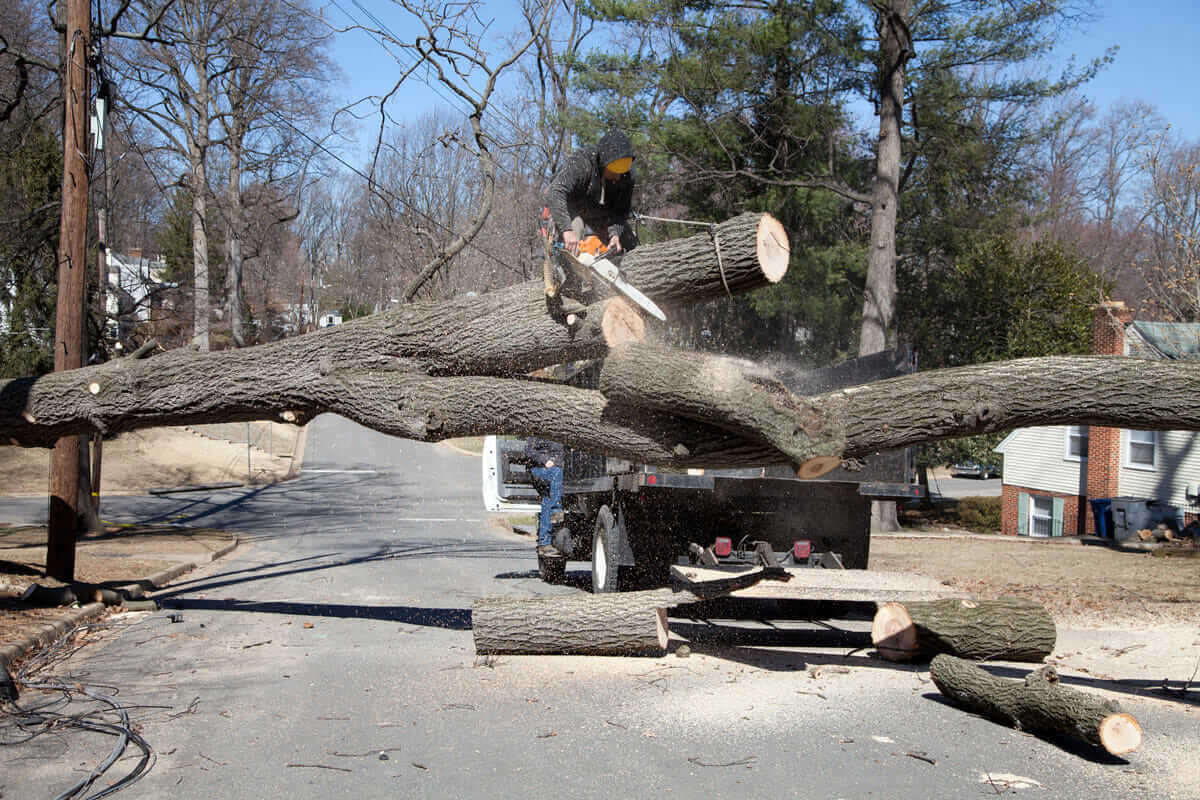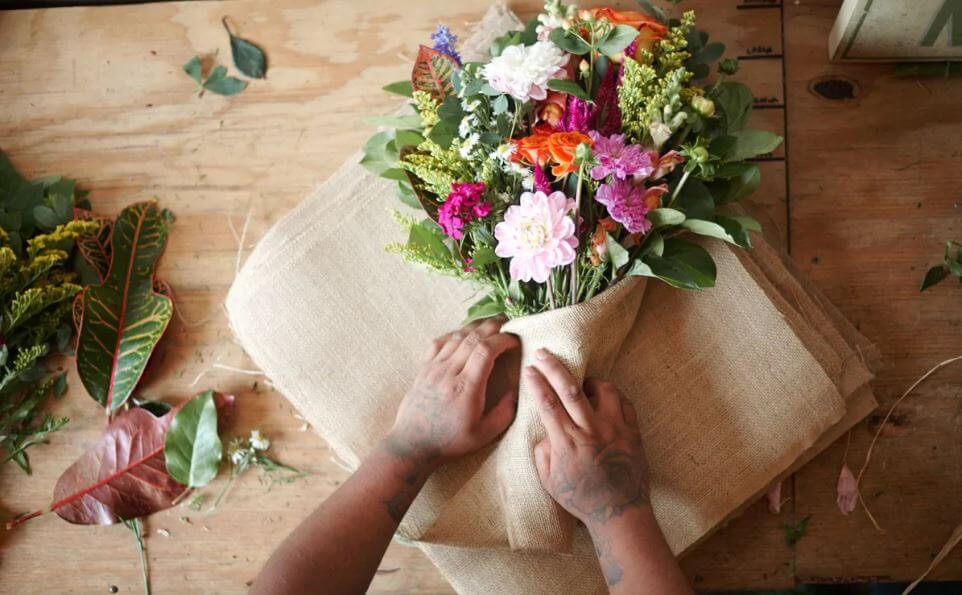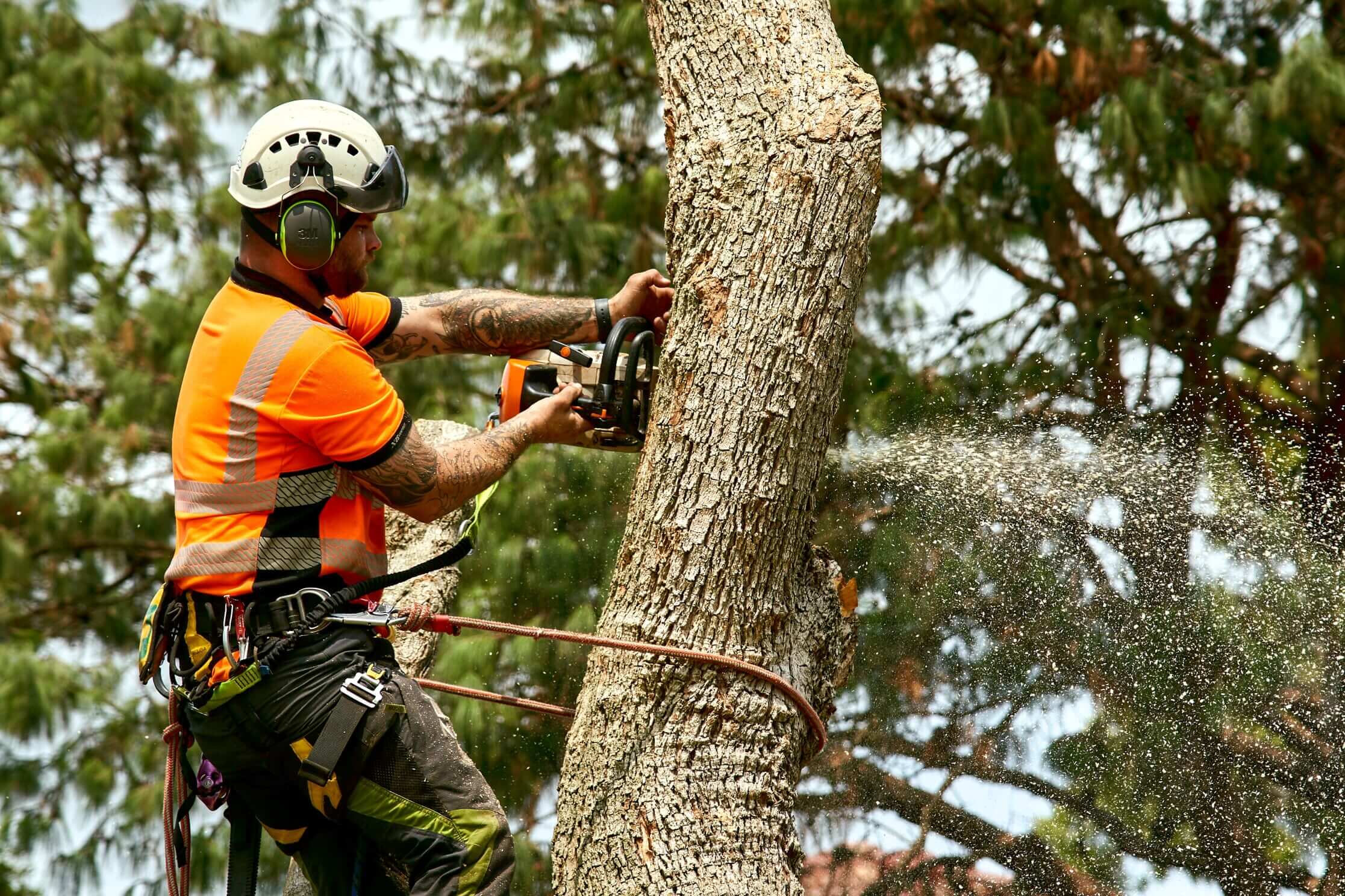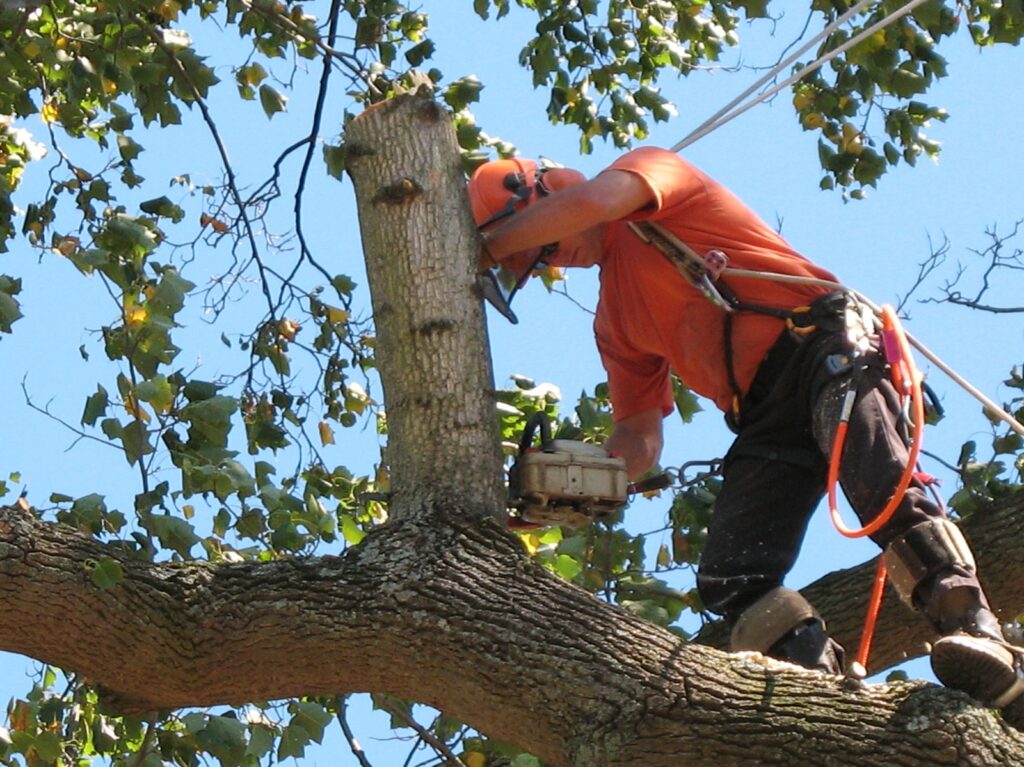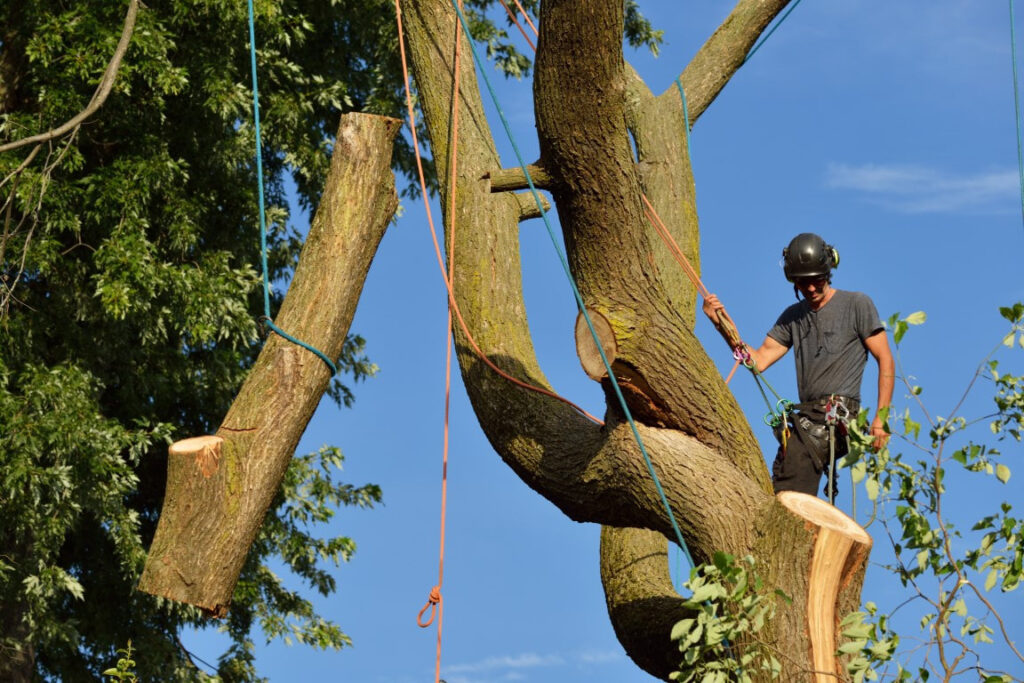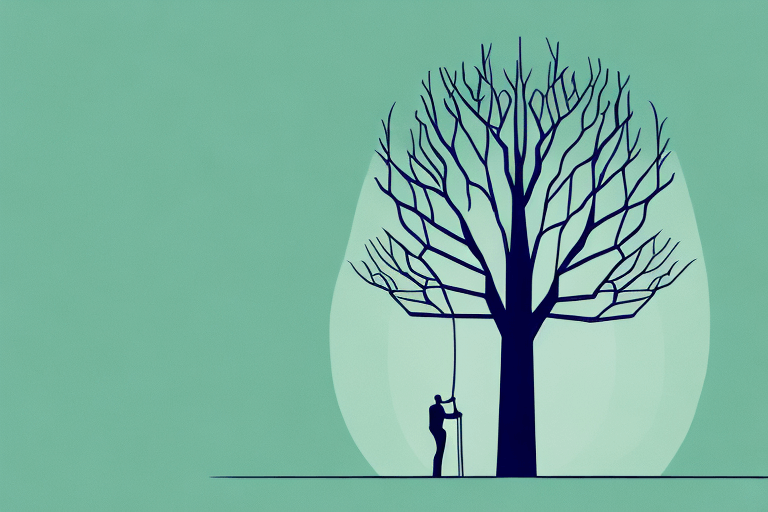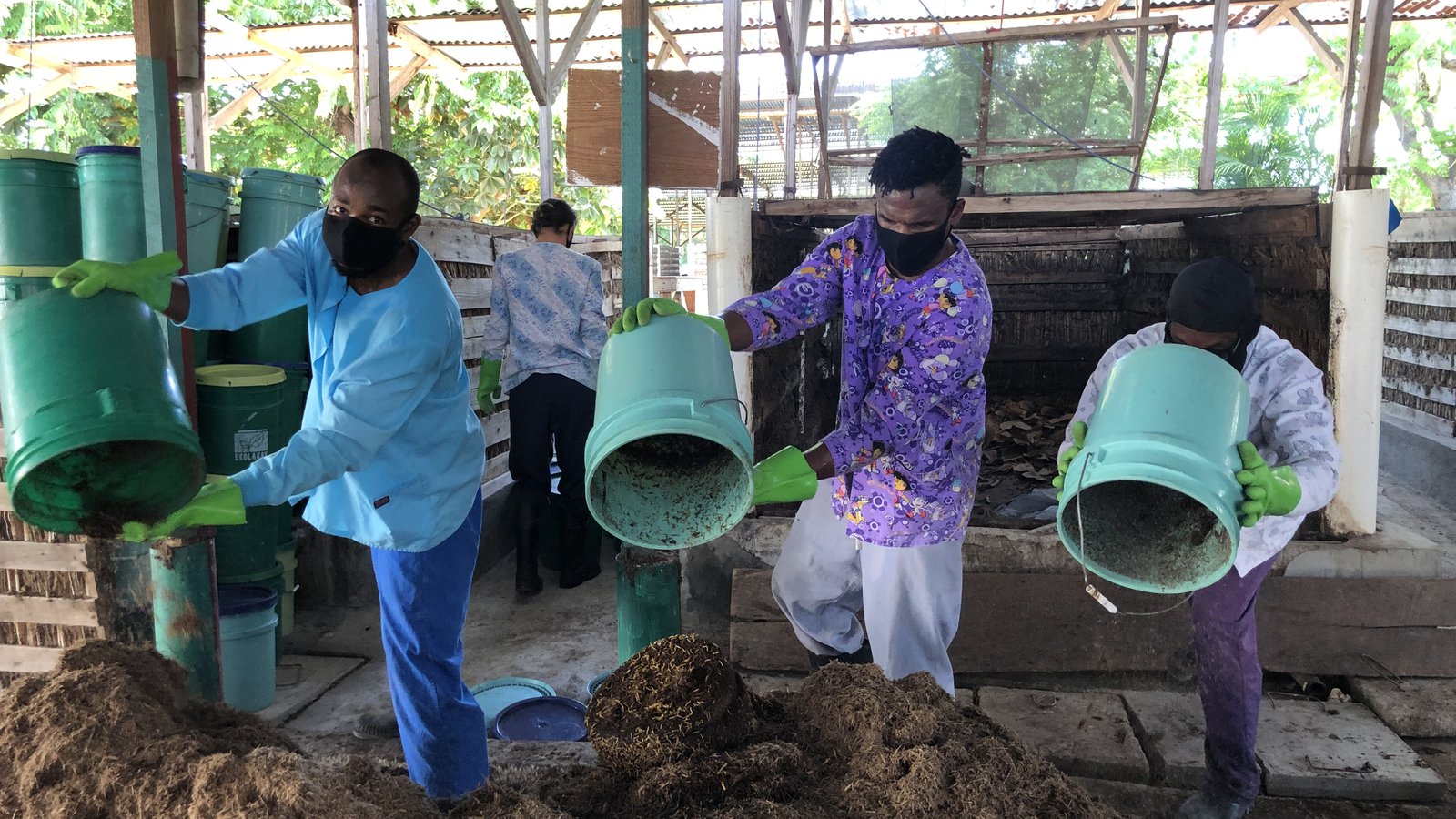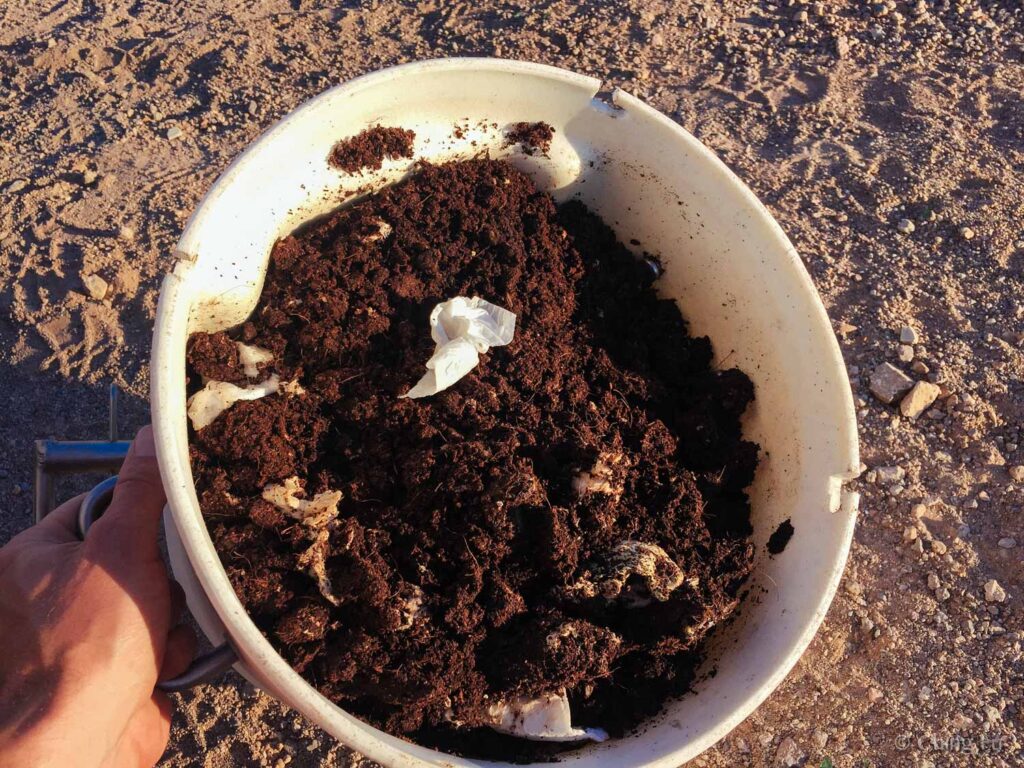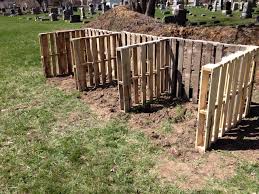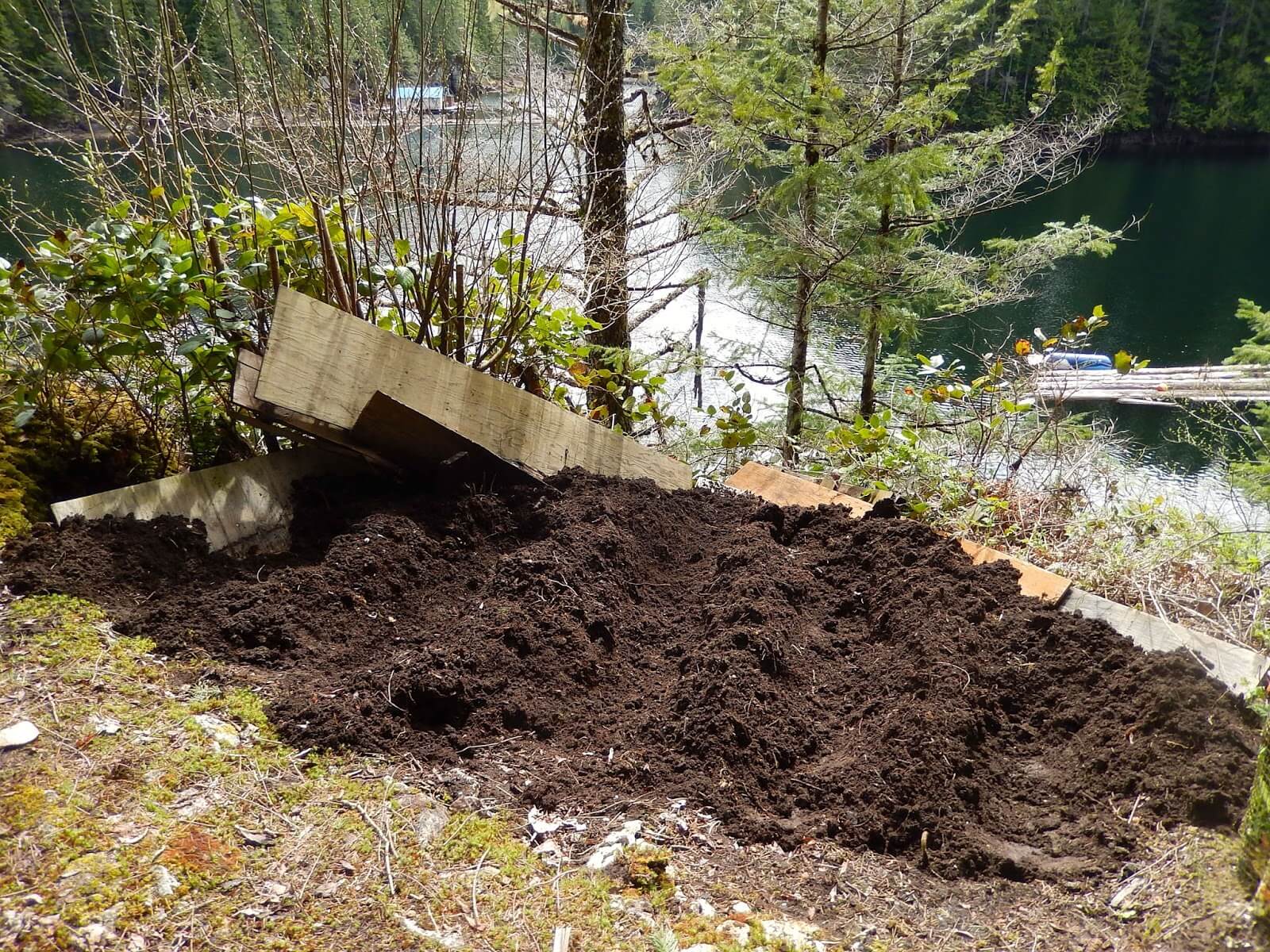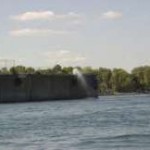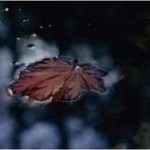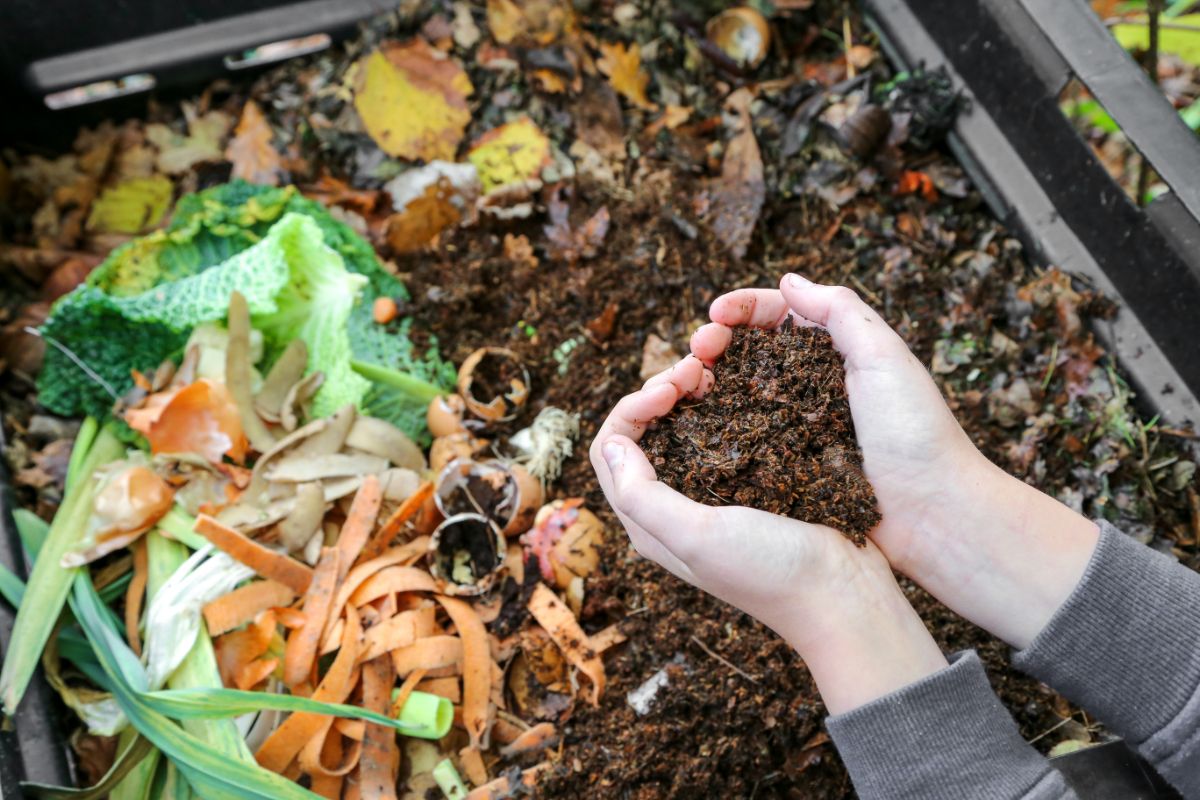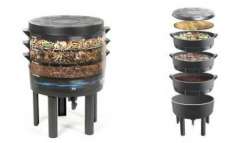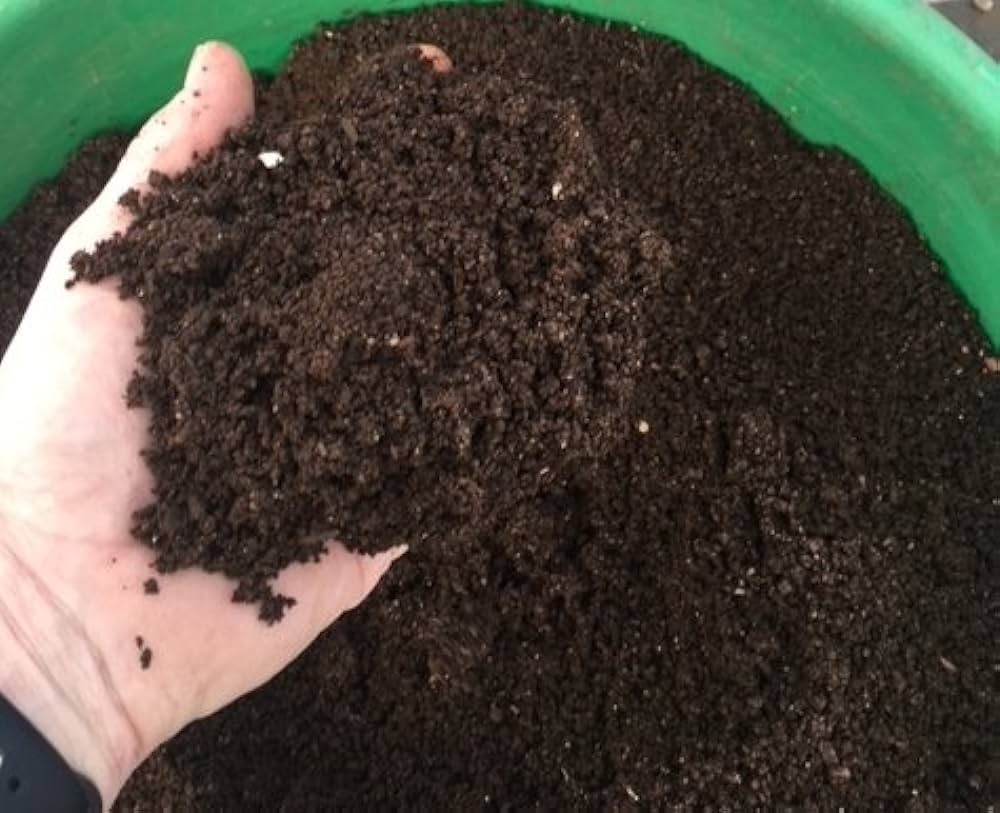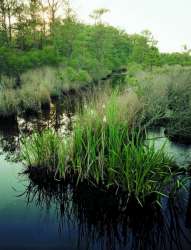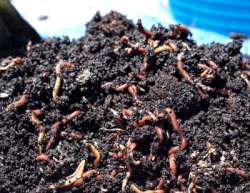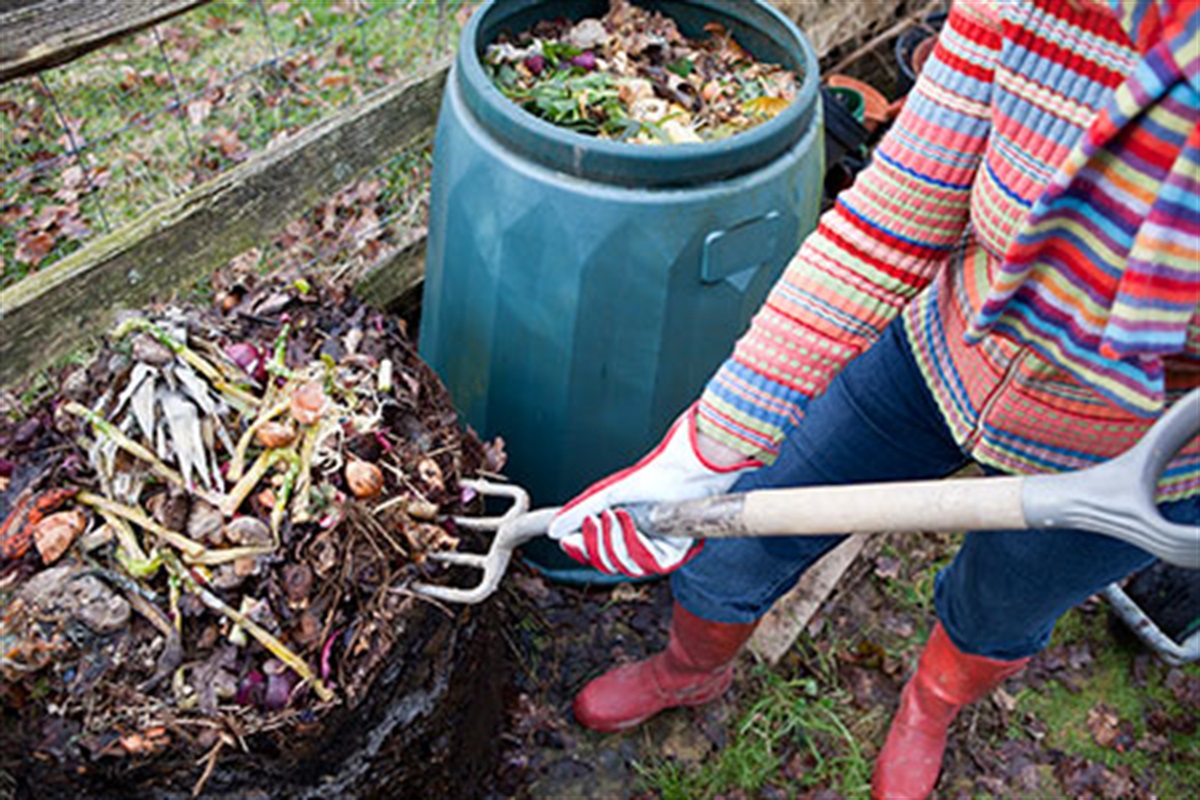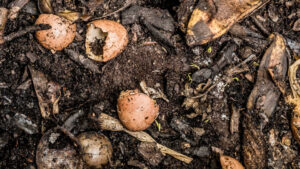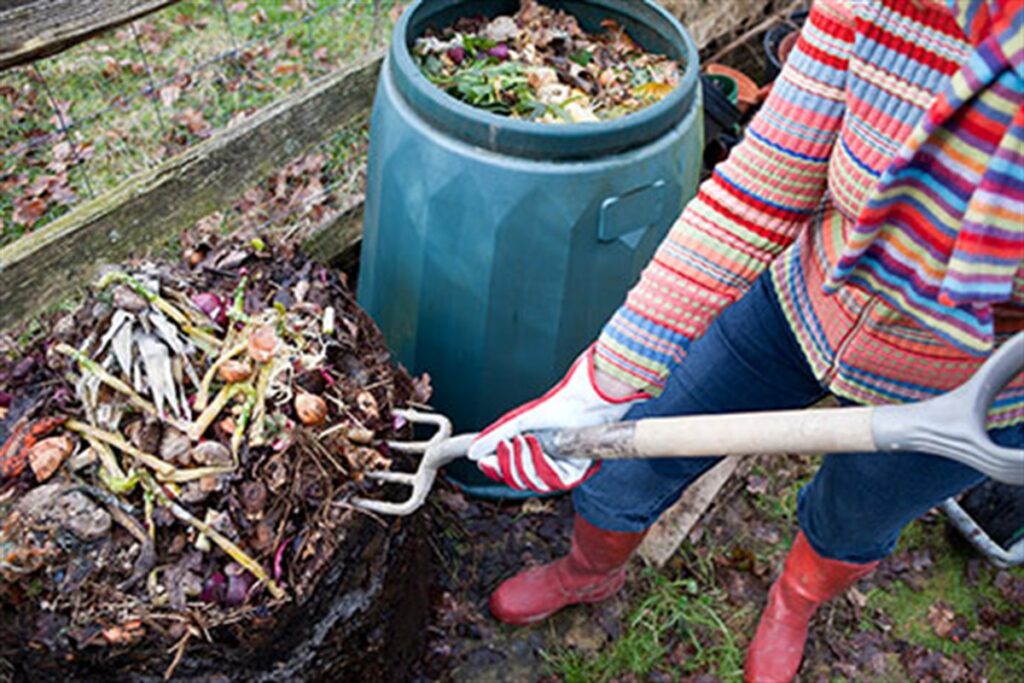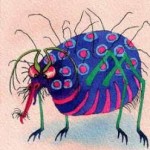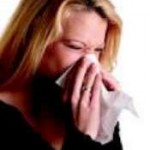When it comes to maintaining your property, one aspect that often gets overlooked is the care of trees. While many homeowners focus on landscaping and floral arrangements, the health and appearance of your trees can significantly impact the overall aesthetics and safety of your property. That’s where a professional tree pruning service comes into play.
Understanding the basics of tree pruning
Tree pruning is an essential practice that involves cutting away dead or overgrown branches to encourage healthy growth and maintain the overall structure of the tree. Understanding the basics is crucial for anyone looking to keep their trees in top condition.
The science behind tree pruning
At its core, tree pruning service is grounded in botanical science. By removing specific branches, you’re essentially guiding a tree’s natural growth patterns. This selective cutting can help bolster sun exposure and air circulation within the canopy, which is vital for the tree’s health.
Additionally, pruning can stimulate the production of new growth and flowers. By focusing on the right branches at the right times, you can enhance the tree’s vitality and beauty. Moreover, pruning can also help prevent the spread of pests and diseases by removing infected or infested branches, thereby protecting the tree and its surrounding ecosystem. Understanding the specific needs of different tree species can further optimise the benefits of pruning, as each type may respond uniquely to various techniques and timings.
Tools and techniques for effective pruning
Using the right tools is vital for successful tree pruning. Pruners, loppers, and saws are common instruments used by professionals. However, it’s not just about having the tools; knowing when and how to use them effectively is key.
For instance, pruning during the dormant season can yield the best results for many tree species. This is when the tree is less stressed, making it less vulnerable to disease and promoting healthy growth come springtime. Furthermore, employing proper techniques such as making clean cuts at the right angle can significantly reduce the risk of damaging the tree. It’s also important to be aware of the tree’s growth habits; for example, some trees benefit from thinning, while others may require heading cuts to control their height. Understanding these nuances can lead to a more aesthetically pleasing and healthier tree in the long run.
See Also: Hedge Trimming Near Me Trusted Local Experts for Your Garden
The impact of tree pruning on property aesthetics
One of the most immediate benefits of tree pruning is its impact on the appearance of your property. A well-kept tree stands as a stunning focal point and elevates the overall design of your outdoor spaces.
Enhancing your property’s curb appeal
Curb appeal is often a significant consideration for homeowners, especially those looking to sell. A neatly pruned tree can make a tremendous difference. It showcases your property as well cared for and invites visitors to appreciate its beauty.
Moreover, a well-maintained tree can complement your landscaping, drawing attention to flower beds or pathways while creating a harmonious visual flow throughout your garden.
Creating a balanced landscape through pruning
Balance is essential in landscaping. Pruning helps achieve a symmetrical look, creating an inviting atmosphere. By selectively cutting back branches, you can even out the shape of the tree, which contributes to aesthetic appeal.
In addition, a balanced landscape promotes a sense of tranquillity and order, making your outdoor space a more enjoyable area to relax and unwind.
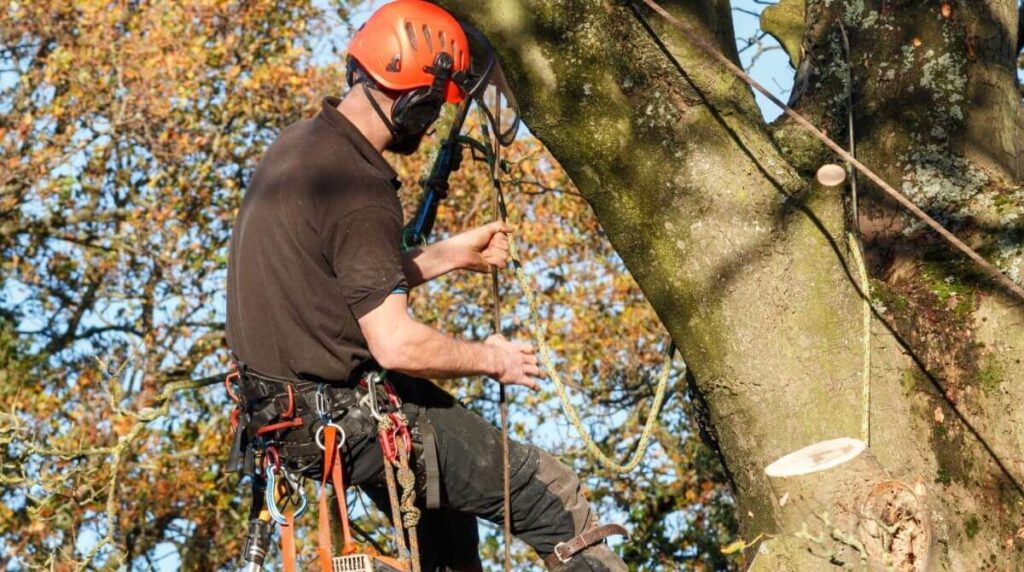
Tree pruning for property safety
Another critical reason for scheduling regular tree pruning is safety. Neglected trees can become a significant hazard, with dead branches posing risks to your property and the people on it.
Preventing property damage with regular pruning
One of the primary purposes of tree pruning is to prevent damage to structures on your property. Without proper maintenance, branches can grow too close to roofs, overhead wires, or other structures, leading to potential damage during storms or high winds.
Regularly scheduled pruning can help ensure that branches are kept at a safe distance from buildings and other structures, reducing the risk of unexpected damage.
The role of pruning in reducing tree-related hazards
Tree-related hazards, such as falling branches, can pose serious risks. Regular pruning helps identify weak or diseased branches that are more likely to break. By addressing these issues proactively, you can reduce potential hazards before they become a problem.
Aside from preventing physical damage, this proactive approach can also alleviate concerns for neighbours and passersby, ensuring a safer environment for everyone.
The health benefits of tree pruning
Beyond enhancing aesthetics and safety, tree pruning significantly contributes to the health of your trees. Healthy trees are less prone to diseases and pests, which is why investing in regular pruning is essential.
How pruning promotes tree health
Pruning encourages vigorous growth by removing dead or decaying branches that can hinder the overall health of the tree. When these branches are eliminated, the tree can focus its energy on producing new growth, leading to a fuller canopy and a healthier trunk structure.
Furthermore, pruning helps to increase light penetration and air circulation within the tree, both of which are crucial for its health and vitality.
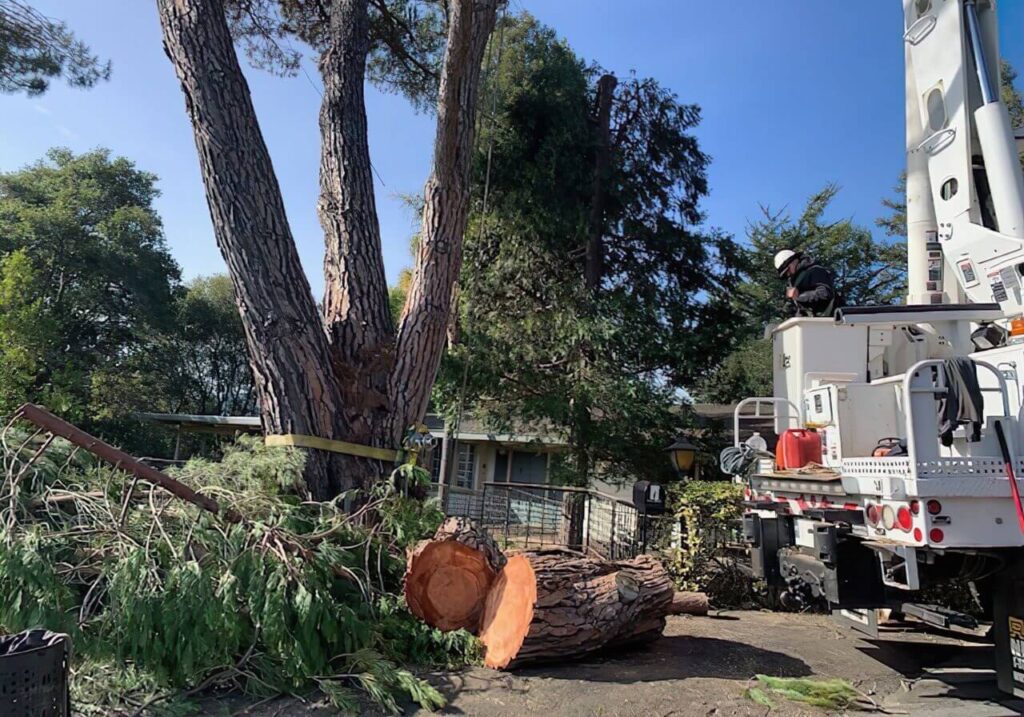
Preventing disease and pest infestations through pruning
Pests and diseases thrive in dense foliage. By regularly pruning, you can reduce overcrowding and improve airflow, making it less inviting for pests and pathogens.
This practice allows for easier surveillance of your trees’ health, making it easier to spot problems early before they escalate into significant issues.
The economic implications of tree pruning
Investing in professional tree pruning can have significant economic benefits for homeowners. Maintaining the health and appearance of your trees can lead to an increase in property value.
How pruning can increase property value
A well-maintained landscape featuring healthy trees can enhance the appeal of your property. This is particularly important if you ever decide to sell, as prospective buyers often seek out properties with established, beautiful trees.
In essence, a little investment in pruning can translate into a much higher return should you decide to place your home on the market.
The cost-effectiveness of regular tree maintenance
While many might view tree pruning as an added expense, it can be a cost-effective strategy in the long run. By keeping trees healthy and well-maintained, you can often avoid costly emergencies related to storm damage or pest infestations.
Regular maintenance not only prolongs the life of your trees but can also save you significant repair costs, making it a wise investment in your property’s future.

